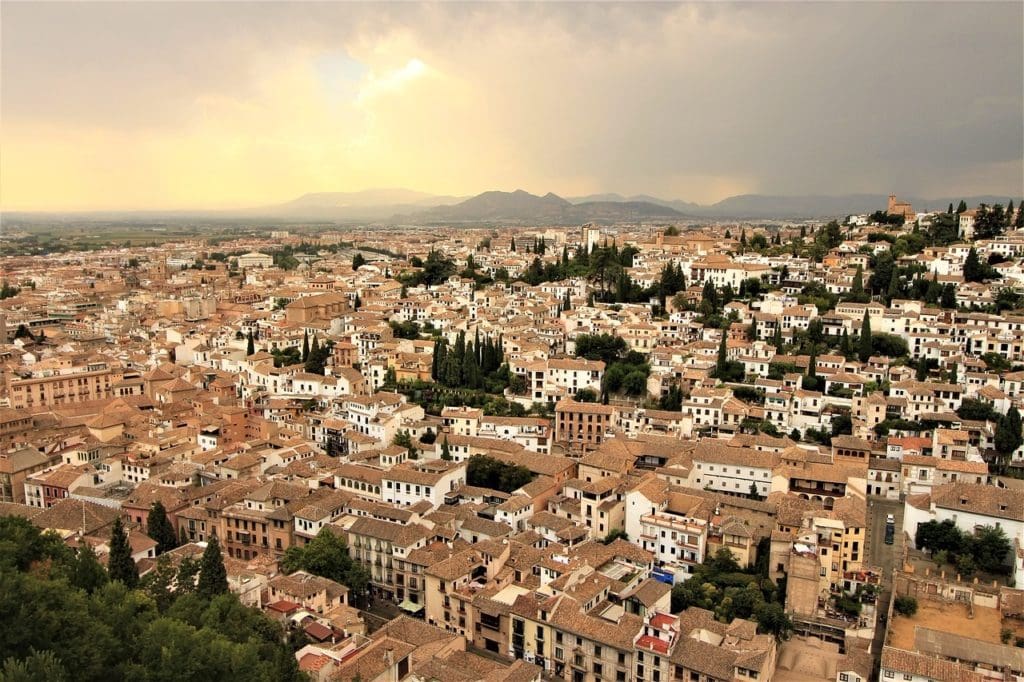 Spain is a land of amazing beauty and wonderful, astonishing places. While modern-day Spain is a coherent whole nation, many parts of Spain have a separate history that is well worth exploring. One of the most delightful parts of Spain is the area of Granada.
Spain is a land of amazing beauty and wonderful, astonishing places. While modern-day Spain is a coherent whole nation, many parts of Spain have a separate history that is well worth exploring. One of the most delightful parts of Spain is the area of Granada.
Situated in southern Spain, Granada is a crossroads for many varied cultures. Granada is the capital city of the Andalucia community. As such, it is part of a larger region that has seen a great deal of change over the years. Those who choose to take a trip to this area will have much to explore and admire. When the centuries and peoples marched across here, they left behind many wonderful treasures. Many of these treasures are still standing today and still open to the public.
The Medieval Influence on Granada
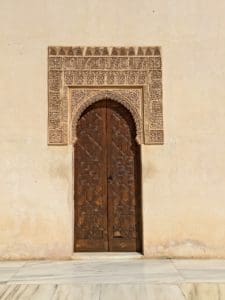 While many periods of time have contributed to the development of modern Granada, Spain, the Medieval period was a particularly fertile time when the city thrived and people from other places came here for freedom and learning. This was a time when many cultures including many religious backgrounds intermingled in harmony.
While many periods of time have contributed to the development of modern Granada, Spain, the Medieval period was a particularly fertile time when the city thrived and people from other places came here for freedom and learning. This was a time when many cultures including many religious backgrounds intermingled in harmony.
It was also a time when Granada was very much a kingdom by itself. Traders from all over Europe gathered here to sell their wares. Those who made this their home found a culture steeped in art, cuisine, and studies of all kinds, including the study of the heavens and the human body. Many types of goods were brought here. People could find gold from inland African empires turned into products that could be easily bought and sold. They could also find such items as luscious silk to wear and dried fruits and nuts that would allow them to have food on a long sea voyage.
While this period would be later scarred by religious wars such as the forced conversion or expulsion of the Jews, it left an indelible mark on the region’s architecture that is visible today.
Where to Start
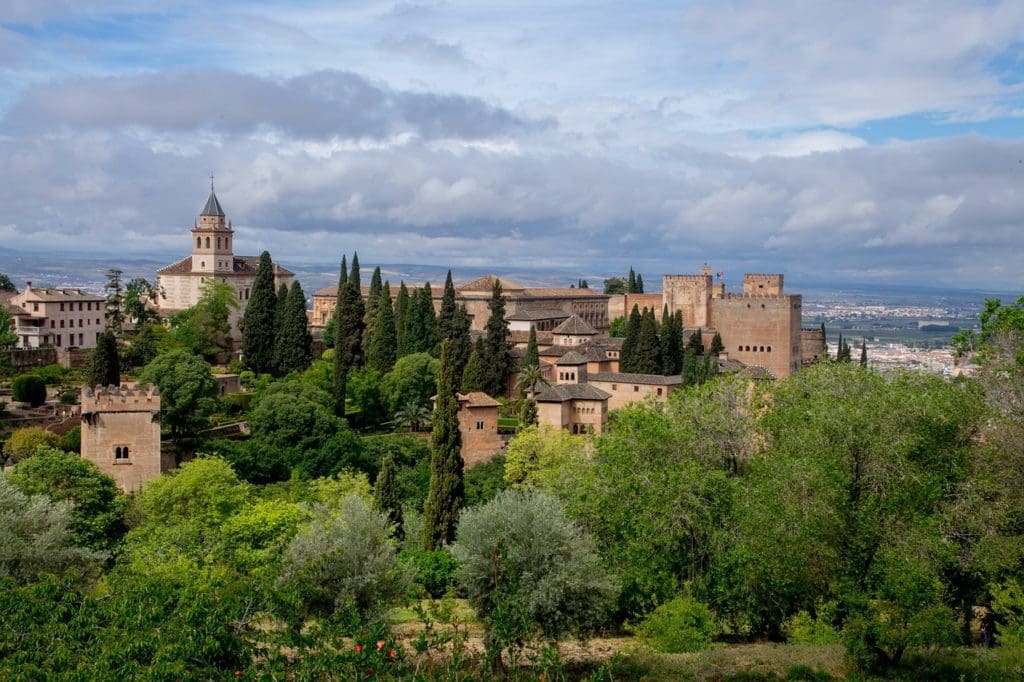
Luckily for the traveler, Granada has many connections with other parts of Europe. This makes it easy to get here. There’s a train that goes directly into the region. The historic city center looks much as it did at the height of the region’s power. Essentially much of Granada is a palace surrounded by a town that has changed little even over many centuries. This makes it an ideal place to see on foot. Any traveler hoping to rediscover the paths people have trod for many decades should start their visit with a stop at the Alhambra.
The Alhambra
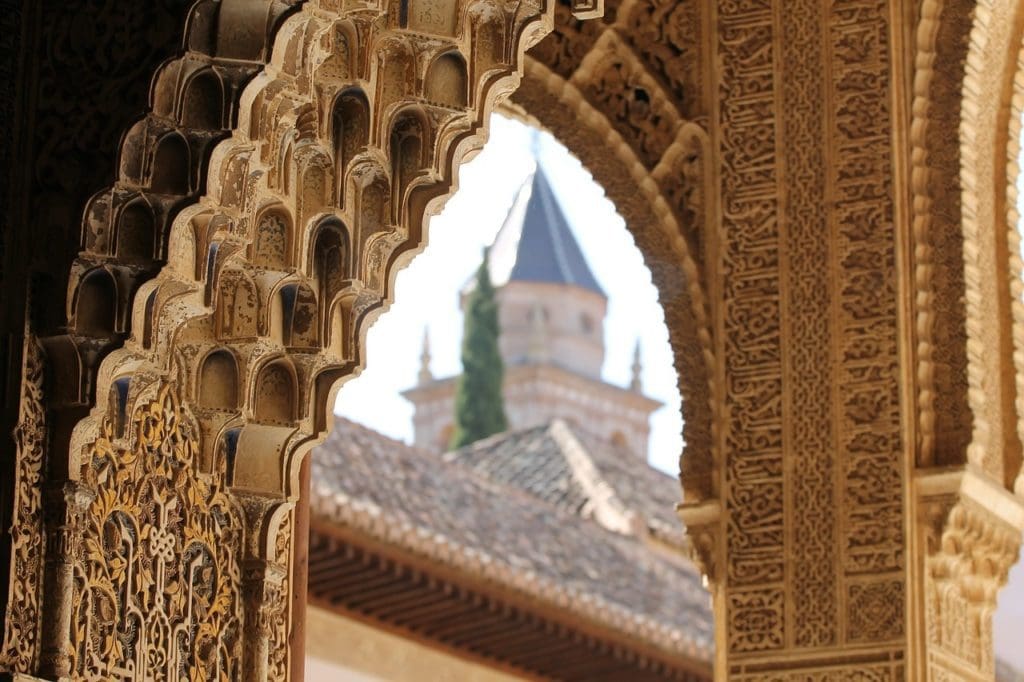 The very heart of Granada is the ancient fortress of The Alhambra. Begun as a small fortress on top of Roman ruins, it was turned into the present-day form in the medieval period. This is when Muslim rulers largely controlled the area. When the region was reconquered by Christians, the palace underwent further renovations.
The very heart of Granada is the ancient fortress of The Alhambra. Begun as a small fortress on top of Roman ruins, it was turned into the present-day form in the medieval period. This is when Muslim rulers largely controlled the area. When the region was reconquered by Christians, the palace underwent further renovations.
Much of the palace remains a pleasing showcase that demonstrates the very best of both cultures today. Take a tour to get a close personal history of the many delights found here. You’ll see intricate mosaics, lush gardens and get to enjoy the sweeping vistas that have attracted so many rulers over so many centuries.
The Alhambra dominates the entire town. View it at night when it’s lit up like a Christmas tree and forms a landmark visible for miles from the surrounding countryside.
The Albaicin
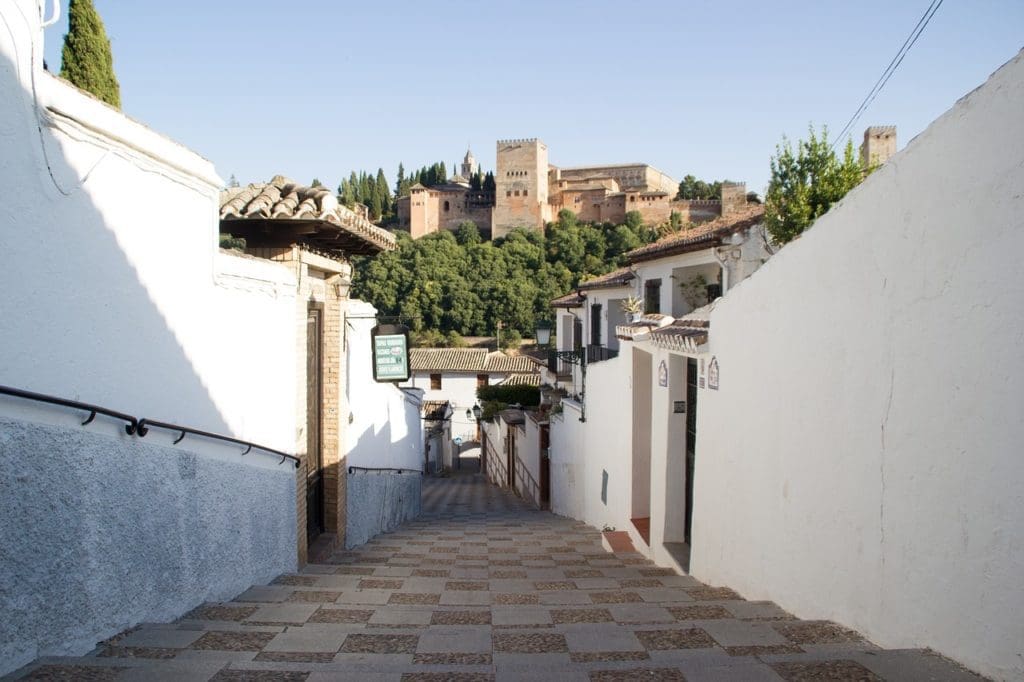
When you’ve had a look at The Alhambra, come down the mountainside to the town. This is the area to the east of the city. Here’s another part of the area that shows off the beauty of medieval Granada. Narrow streets let you admire the details of the buildings all around you. Lose yourself in the maze of streets that still today remain much as they were back then with whitewashed walls and medieval fronts.
Over twenty years ago, the Albaicin was declared a UNESCO World Heritage Site. Admire the Ziri walls and take a peek in one of the many churches that line the streets. There are several houses open where you can see the standard housing of the period with a freestanding house and a wall that surrounds the entire structure and offers protection from prying eyes and possible invaders.
Sacromonte
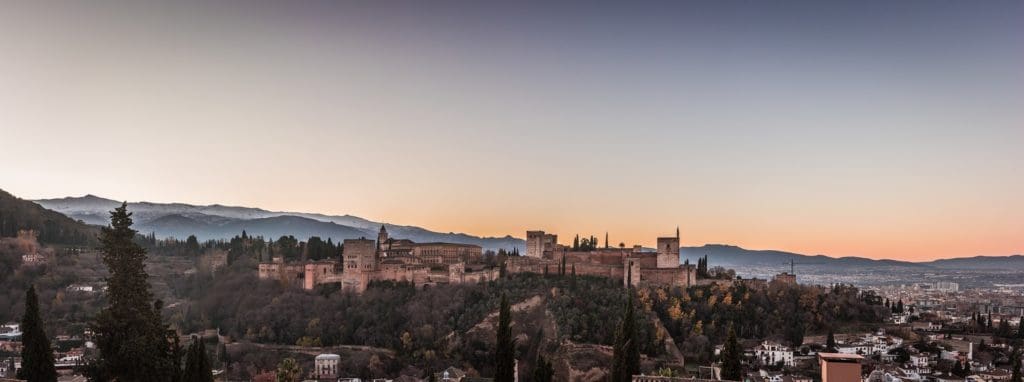 Another area well worth your time is Sacromonte. Located on a hill, this is where many Romani settled and made their homes. Here, you’ll see many caves that were carved from the rocks and turned into places to live.
Another area well worth your time is Sacromonte. Located on a hill, this is where many Romani settled and made their homes. Here, you’ll see many caves that were carved from the rocks and turned into places to live.
When you hit the top of the hill, you’ll be greeted by the magnificent Abbey of Sacromonte and the fascinating College of Sacromonte. Exploring the abbey complex allows you to see ancient catacombs and works of art that tell of the local area’s history and culture. There’s also a museum devoted to the regional culture that will help you make sense of what you’re seeing.
All those with an eye for the medieval world should head for Granada. The city offers an excellent opportunity to immerse yourself directly in this ancient and truly fascinating time frame.

Kelsey Davis is the Managing Editor at The Lux Authority and is trying to balance both her budget and her credit card balance. She likes to live lavish and treat herself when the opportunity allows it. She loves the newest tech, old cars, the smell of rich mahogany, and leather-bound books as well! When she isn’t working, Kelsey is an avid academic, artist, stargazer, blogger, and yoga enthusiast.
All Granada photos courtesy of Kelsey.






Leave a Reply